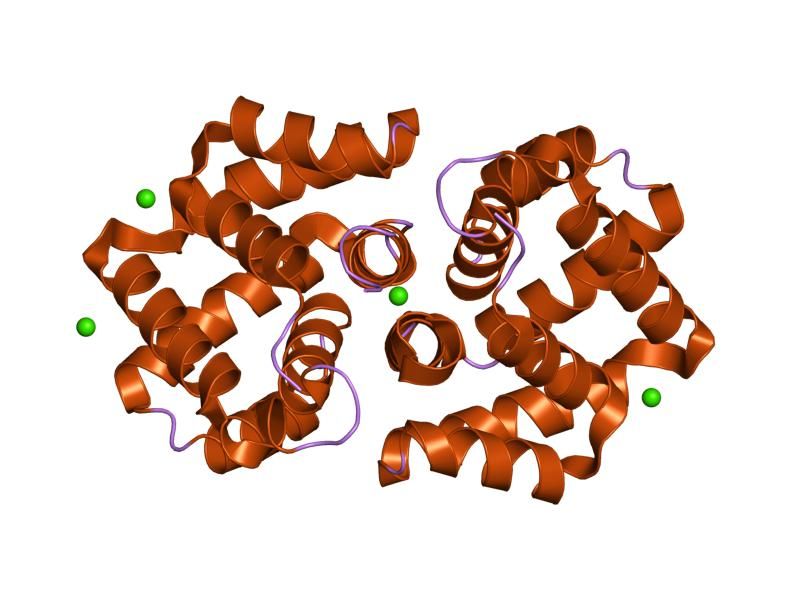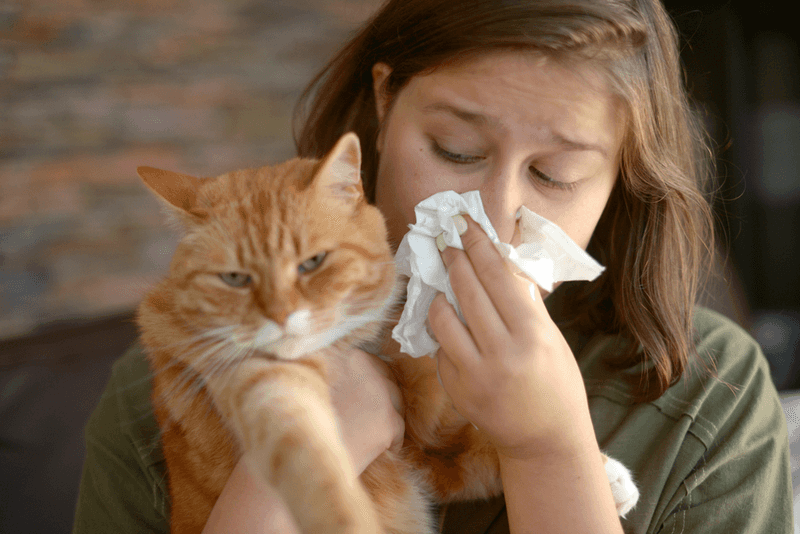📖 Table of Content:
Understanding why cats cause allergies involves exploring the proteins they produce and how these interact with human immune systems. While many people adore pet cats, these furry companions are often the source of allergic reactions due to specific proteins in their skin cells, saliva, and even urine. These proteins can become airborne, leading to allergic responses in sensitive individuals.
1. Fel d 1 Protein
Fel d 1 isn’t just any protein; it’s the main culprit behind cat allergies. Found in a cat’s skin, saliva, and sebaceous glands, this protein becomes airborne as cats groom. Its lightweight nature allows it to linger in the air, easily inhaled by humans. Those allergic react to these particles, triggering symptoms like sneezing and red eyes. Interestingly, not all cats produce the same Fel d 1 levels. Factors like breed and gender affect its production, with male cats generally being higher producers. This protein’s pervasive nature makes it a significant focus in allergy research.
2. Immune System Response
The human immune system, a vigilant guardian, sometimes misjudges harmless particles. With cat allergens, it often sees these as threats. This mistaken identity leads to a cascade of reactions, producing histamines and other chemicals. The result? Itchy eyes, runny noses, and sometimes asthma. Not everyone is equally sensitive. Genetics play a role, determining one’s likelihood of developing such allergies. For those affected, each cat encounter becomes a skirmish, challenging their biological defenses. The immune response’s complexity underscores the body’s intricate ways of maintaining health, even when misdirected.
3. Breed-Specific Allergen Levels
Did you know? Different cat breeds vary in allergen production. While no breed is truly hypoallergenic, some, like the Siberian, are reputed to produce fewer allergens. Breed isn’t the only factor; a cat’s age and gender also influence allergen levels. Female cats and kittens may produce less Fel d 1 compared to adult males. Prospective cat owners with allergies often explore these distinctions. The quest for a less allergenic feline friend is common, yet complex, as individual cats may differ despite their breed. Understanding these nuances helps in managing allergies.
4. Environmental Factors
Beyond the cat, the environment plays a crucial role in allergen distribution. Dust, dander, and fur intermix, becoming airborne with every movement. Homes with carpets, drapes, and upholstery tend to harbor more allergens. Regular cleaning, air purifiers, and open windows can mitigate these effects. However, the persistence of allergens remains a challenge. For those with allergies, living spaces become battlegrounds where cleanliness strategies are constantly tested. The interplay between environment and allergens shows that managing cat allergies goes beyond the pet itself, involving home care and hygiene.
5. Preventive Measures and Treatments
Living with cat allergies doesn’t mean a cat-free life. Various strategies exist to minimize symptoms. Air purifiers, regular cleaning, and designated cat-free zones help control allergen spread. Medications, from antihistamines to nasal sprays, offer relief. Some explore allergy shots, aiming for long-term tolerance. Each method has its pros and cons, requiring personalized approaches. For many, finding the right balance between enjoying a feline companion and preventing allergies is a journey. These preventive measures empower individuals to coexist with cats, reducing discomfort while cherishing their presence.





